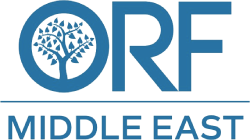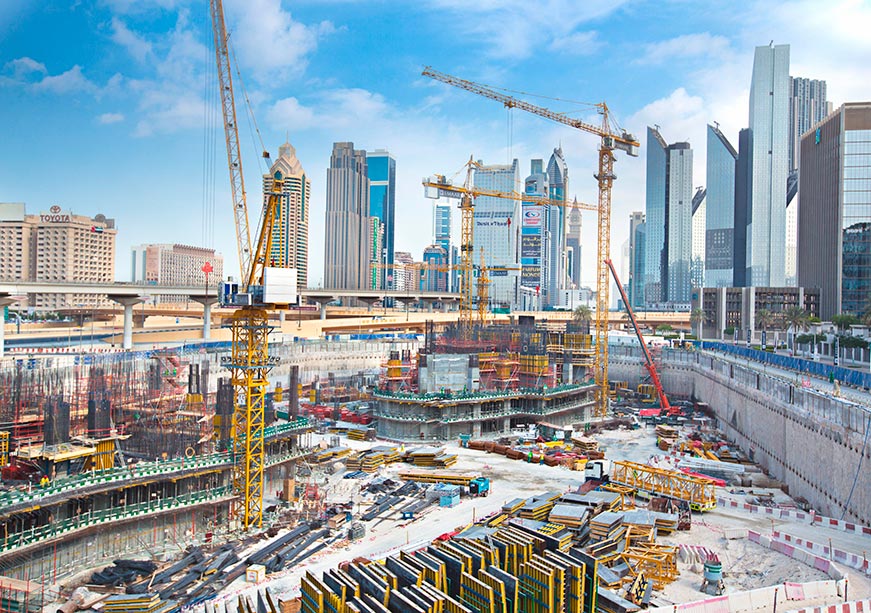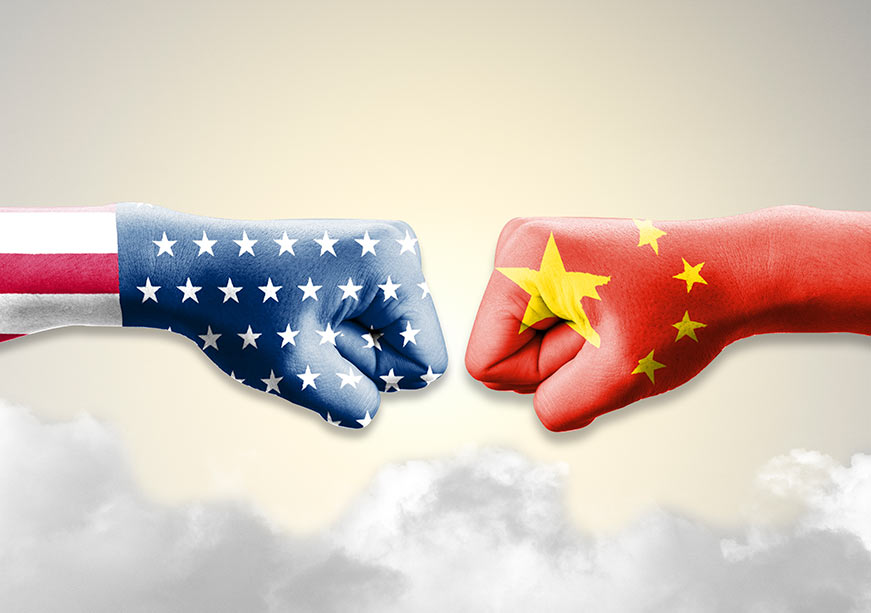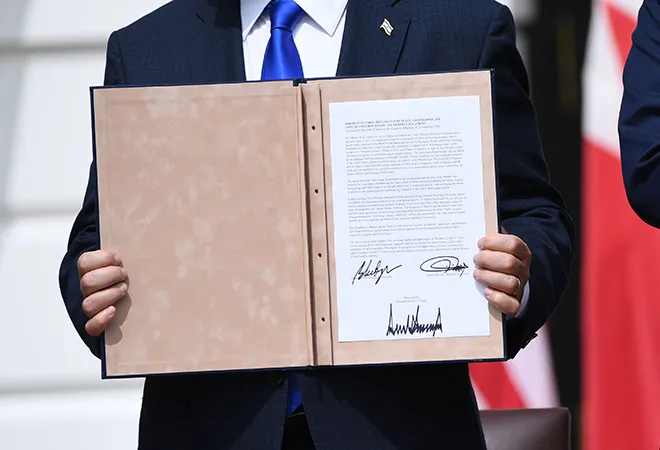Abu Dhabi and Dubai have led the United Arab Emirates’ (UAE) economic transformation. Other emirates have witnessed recent progress, but disparities persist. While Abu Dhabi and Dubai account for 85 percent of the country’s Gross Domestic Product (GDP), emirates like Umm Al Quwain (UAQ) are estimated to contribute less than 1 percent. The limited national contribution of these emirates is often attributed to their lack of oil and small landmasses. Abu Dhabi boasts of having a per capita GDP of US$ 81,000, while UAQ’s is estimated at US$ 11,000. Further, Dubai contributes about 25 percent to the UAE’s GDP despite having 4 percent of its oil reserves and 5 percent of its land mass.
This disparity could be due to the lack of structured emirate-specific economic growth plans. While emerging emirates have developed certain economic visions, they remain limited in scope and scale, as evidenced by the 131 strategies and visions the UAE federal government hosts on its website. These visions are distributed across 15 domains, ranging from ‘Future Shaping and Innovation’ to ‘Sports’. However, they focus on Dubai (36) and Abu Dhabi (12). Ras Al Khaimah (RAK), Fujairah, Ajman and UAQ feature one vision statement each, but Sharjah does not appear to have any dedicated/listed vision statements on this platform. While there are multiple nationwide plans (79), these are often broadly defined and do not specify the role of each emerging emirate. Thus, there is a need to develop domain-specific economic roadmaps for each of these emerging emirates that detail a path to prosperity. This article aims to identify possible development strategies for the emirates to foster equitable growth.
Focusing on the Comparative Advantage of Each Emirate
While the developing emirates have outlined their vision statements, these often mirror the pathways taken by Abu Dhabi and Dubai, focusing on luxury tourism and global trade. These strategies require sustained capital investment, which emerging emirates may find difficult due to their comparative lack of resources. Moreover, the demand for luxury tourism and global trade can saturate, forcing emerging emirates into direct competition with well-established regions. With limited financial resources, they may struggle to sustain this competitive capital-intensive development, making long-term success uncertain.
This challenge is evident in Ajman’s erstwhile tourism strategy, which closely mirrored Dubai’s focus on promoting city tours and conferences. However, the ambition to replicate this model without sufficient economic underpinnings proved unsustainable. Thus, Ajman’s Al Zorah project, while attempting to replicate the luxury tourism model, faced downsizing due to financial constraints and a lack of investor confidence. Similar challenges have emerged in other sectors, such as aviation. Attempts by other emirates to launch their own airlines have failed as they could not compete with established carriers like Emirates and Etihad. RAK Airways ceased operations in 2014, while Kang Pacific Airlines in Fujairah shut down after a single flight. These cases highlight the risks of replicating capital-intensive growth models by emerging emirates and underscore a need for a shift in their economic development strategies.
Developing emirates should capitalise on their comparative advantages to build untapped sectors that contribute to both their development and the country’s overall growth trajectory. This would allow them to carve out distinct economic roles rather than competing in oversaturated, capital-intensive sectors dominated by Abu Dhabi and Dubai. RAK is already leveraging its mountainous terrain and strategic trade location to position itself as an industrial and adventure tourism hub. This success highlights the impact of offering such unique value propositions, as RAK led the UAE’s tourism growth at 12 percent in 2024.
Similarly, there is scope for other emirates to carve out similar niches. Sharjah’s comparative advantage lies in its well-developed education sector and strong research institutions. Combined with its thriving cultural industries, this makes it a centre for knowledge production and intellectual capital. Fujairah’s key advantage is its deep-water port in the Gulf of Oman, providing direct access to international trade without dependence on the Strait of Hormuz. Additionally, it enjoys a rich marine ecosystem. Ajman has a compact urban structure with relatively lower costs of land and labour, making it a favourable environment for small-scale industry and logistics. UAQ has vast undeveloped land, an arid but stable climate, and access to water resources, making it well-suited for land-intensive industries and ecological initiatives such as renewable energy projects. Each of these emirates possesses unique geographic, economic, or infrastructural advantages that set them apart within the UAE’s broader development landscape.
Three-Pronged Approach for Equitable Growth
There is a need to define clear strategies and actionable plans to map the economic development of the emerging emirates. This can be achieved through a three-pronged approach: building on the comparative strengths of each emirate, addressing gaps in the nation’s capacity, and catering to global markets.
Firstly, it is essential to build on the existing industries of each emirate. While emirates like RAK are already capitalising on their resources, others have an untapped potential. Fujairah, as the UAE’s only emirate with direct access to the Gulf of Oman, is well-placed to expand its maritime economy beyond oil storage and bunkering. Ajman’s light industry could be modernised, turning it into a global hub for light manufacturing. Furthermore, UAQ could be a prime candidate for vertical farming and lab-grown meat production, which is gaining traction as a means to improve food independence. Each of these emirates should create a comprehensive sectoral roadmap tailored to their strengths, with government incentives, infrastructure investments, and international partnerships to maximise growth potential.
Secondly, the developing regions should complement the economic strengths of Abu Dhabi and Dubai by addressing gaps in the UAE’s overall capacity. Emerging emirates can lead the UAE’s transition to clean energy by piloting projects in underexplored areas like tidal energy. RAK is a strong candidate for pioneering tidal energy initiatives. Studies have identified RAK’s coastal areas, particularly near Saqr Port, as suitable locations for tidal energy infrastructure. This would complement the country’s existing efforts in solar and nuclear energy, enhancing its overall clean energy portfolio.
Thirdly, for the smaller emirates to truly carve out a distinct economic role, they must move beyond incremental improvements to pioneering new industries, leveraging emerging technologies, and creating specialised hubs that align with global demand trends. For example, marine biotechnology such as algae-based biofuels, a growing multi-billion-dollar industry, could align with Fujairah’s marine ecosystem and climate. By developing niche sectors like this and pioneering their exploration, Fujairah could position itself as a hub for marine biotech innovation.
Similarly, while the UAE hosts multiple free zones, none focus on climate adaptation. UAQ could leverage its undeveloped land, coastal access, and stable arid climate to address this gap. The UAQ Climate Adaptation Free Zone could establish the UAE as a global leader in climate resilience. It could attract research, investment, and startups through tax incentives and fast-tracked permits. Innovations in infrastructure, food security, and water management from this zone could be exported to other arid regions, strengthening the UAE’s global climate diplomacy.
As the UAE transitions into its next phase of economic growth, the role of emerging emirates in shaping the country’s future cannot be overlooked. These regions must leverage their distinct advantages to pioneer new industries and fill critical gaps in the national economy. For this transformation to succeed, strategies must evolve into more detailed and emirate-specific frameworks, equipping each region with tools to maximise its potential. Ensuring that prosperity extends across the emirates will make the entire federation a model of inclusive and future-focused development.
Samriddhi Vij is an Associate Fellow, Geopolitics, at the Observer Research Foundation–Middle East.












